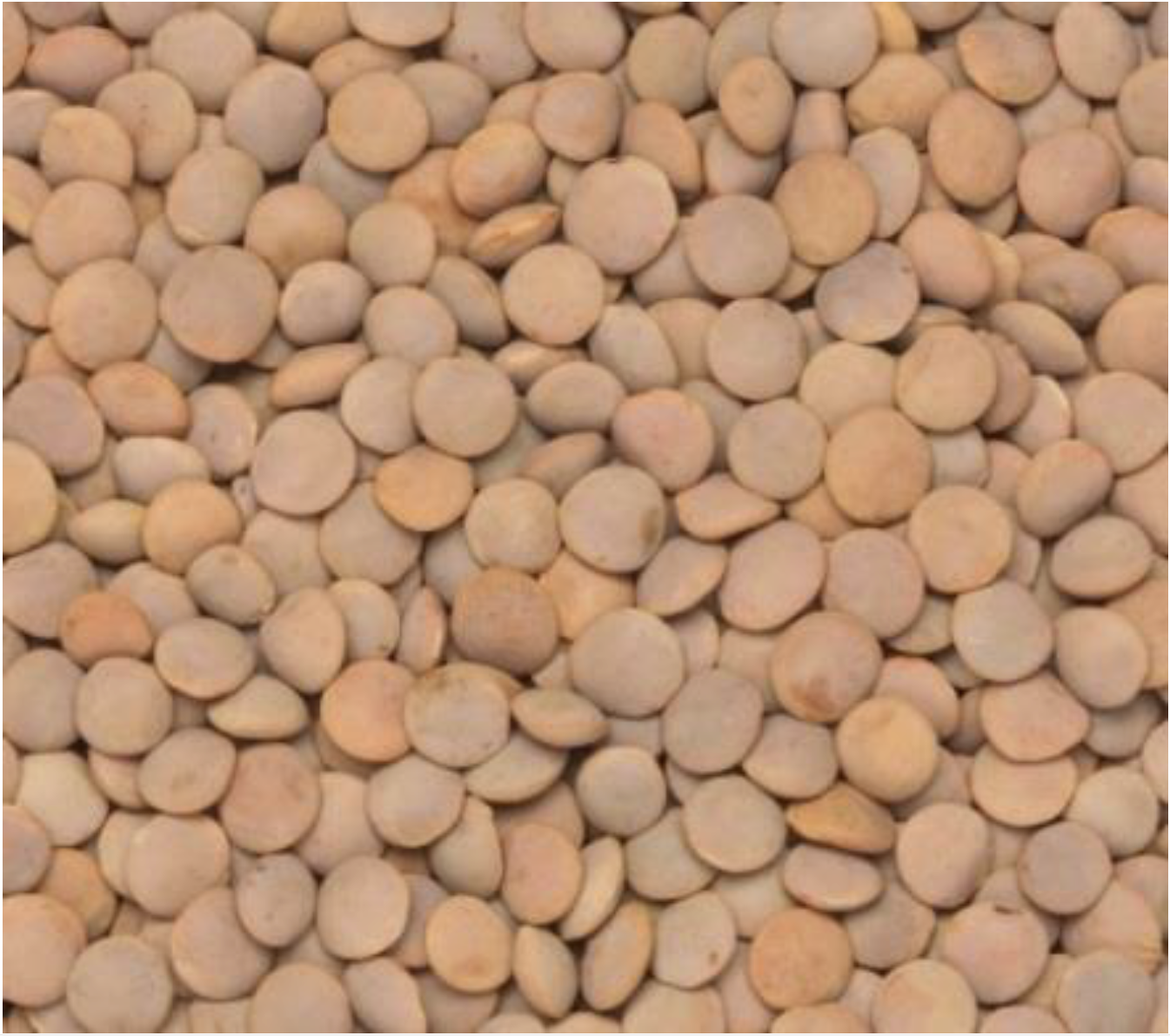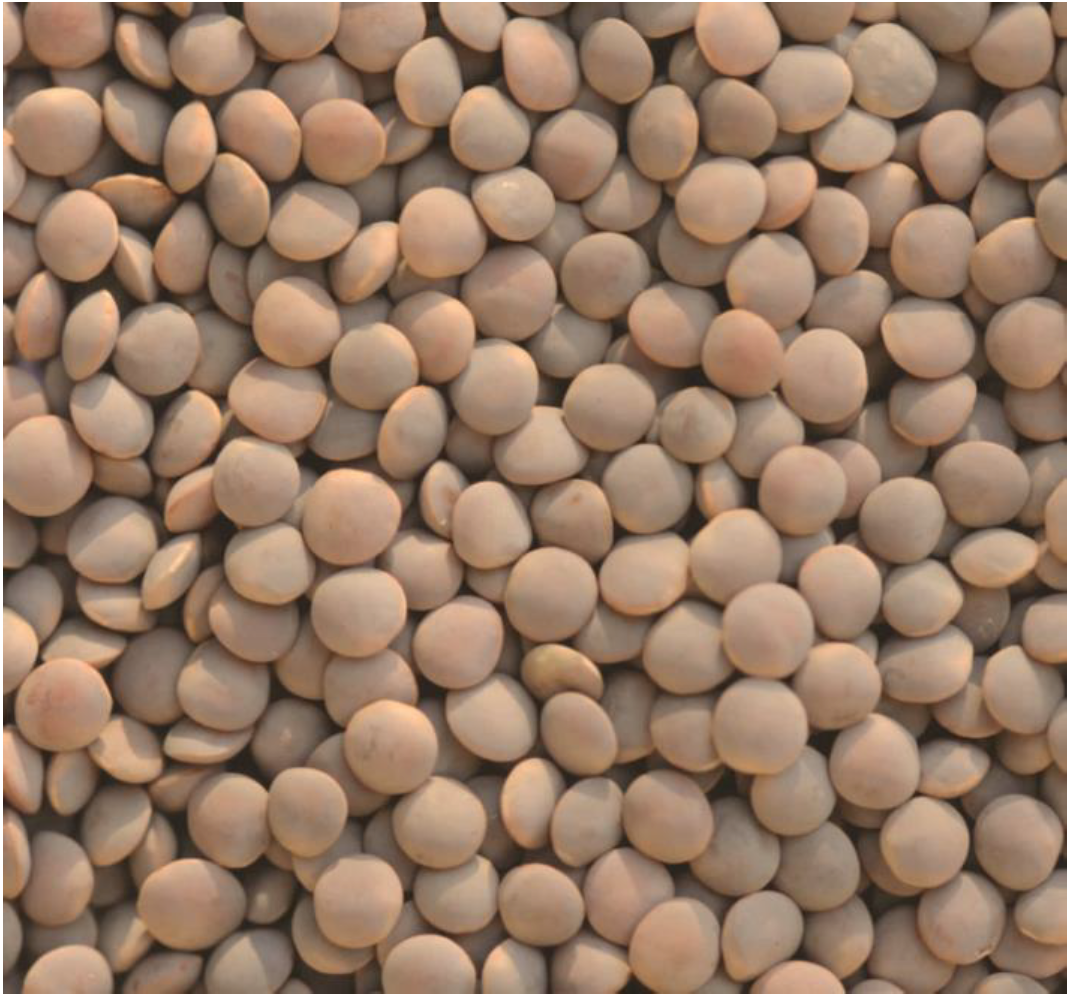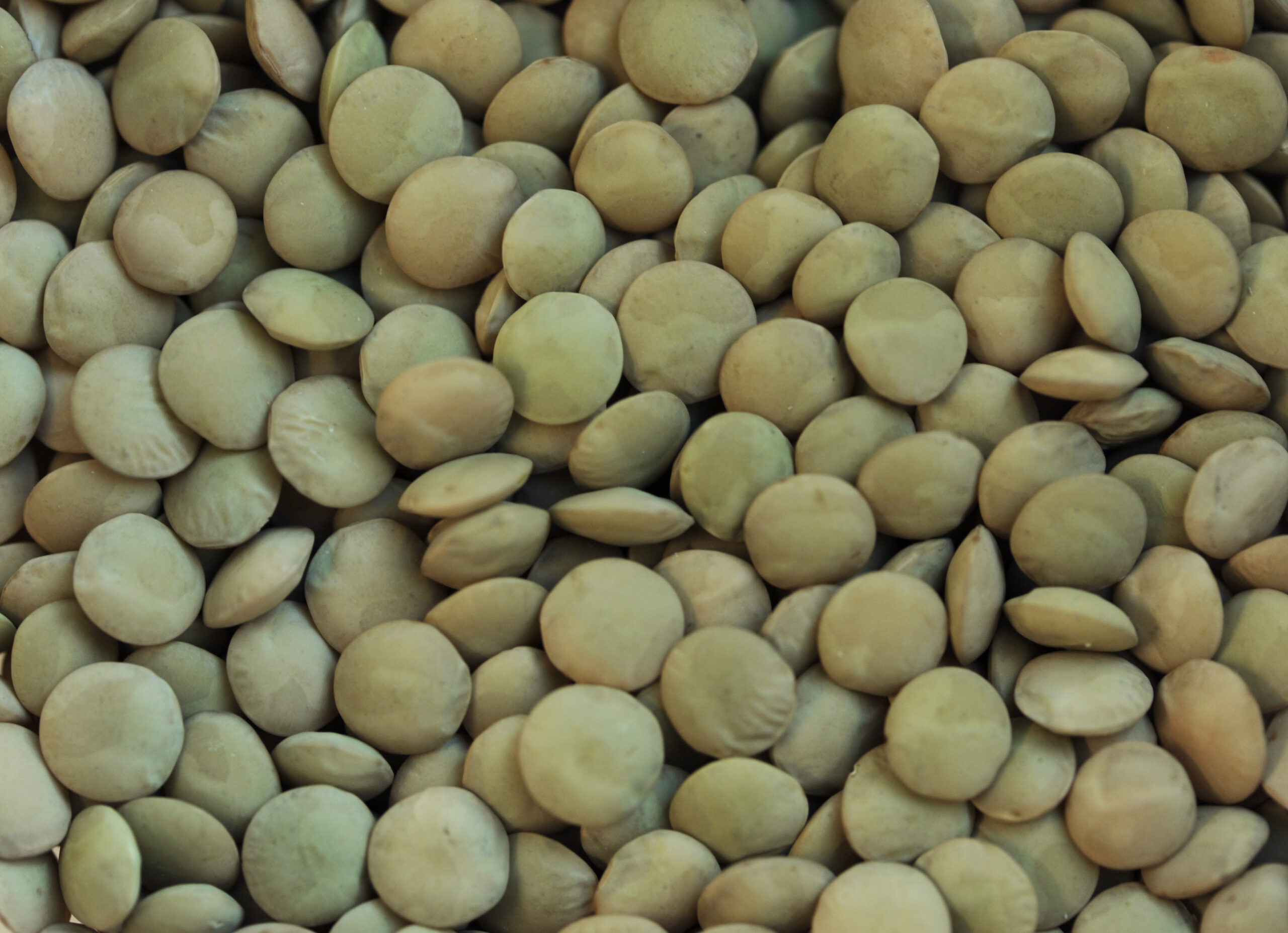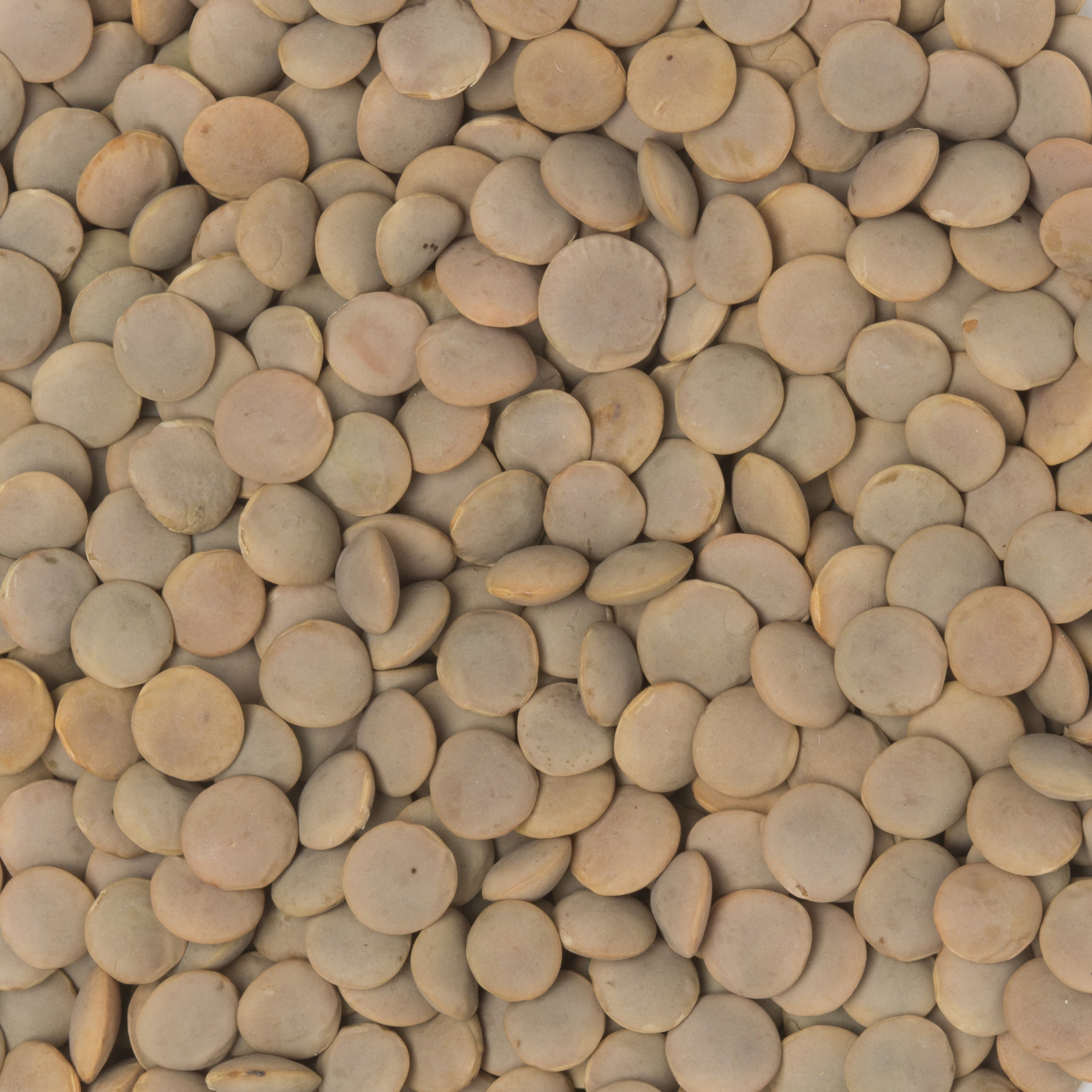Market Class: Small Red lentil
Year Released to Select Seed Growers: 2016
Sub-licensed Outside of SK: SeCan
International Distribution Rights: FP Genetics
Breeder: Dr. Albert Vandenberg, Crop Development Centre, University of Saskatchewan, Saskatoon, SK
Plant Breeders Rights: Applied
Description
CDC Coral was tested for two years in the Lentil Registration Recommendation Trial “A” in 2012-2013. In these trials, CDC Coral yielded 110% of CDC Maxim (Table 1). In five years of testing in the co-op and regional trials in Saskatchewan (Table 4), CDC Coral yielded 110% of CDC Maxim in the Brown and Dark Brown soil zones and 106% in the Black and Dark Gray soil zones. Seed coat colour and cotyledon colour of CDC Coral are similar to that of CDC Maxim. The disease resistance profile is similar to that of CDC Maxim. Lodging scores for CDC Coral are improved compared to CDC Maxim (Table 2), and flowering is delayed by two days compared to CDC Maxim. Seed diametre and seed thickness were slightly less than that of CDC Maxim, but still acceptable for the small red lentil market class (Table 3). Application for PBR’91 protection for CDC Coral has been submitted.
Strengths
- High yield compared CDC Maxim
- Improved lodging score compared to CDC Maxim
Neutral
- Similar maturity and disease resistance characteristics compared to CDC Maxim
- Later flowering than CDC Maxim
- Seed appearance similar to CDC Maxim
- Seed diameter and thickness slightly less than CDC Maxim
Weaknesses
- Not tolerant to imidazolinone herbicides
Table 1: Two Year Summary of Agronomic Performance for CDC Coral in the 2012-2013 Lentil Registration Recommendation Trial “A” in Western Canada
| VARIETY | YIELD | DAYS TO FLOWER | DAYS TO MATURE | LODGING (1 – 5) | PLANT HEIGHT (CM) | SEED WEIGHT (G/1000) | |
| KG/HA | % OF MAXIM | ||||||
| CDC MAXIM | 2291 | 100 | 58 | 95 | 2.6 | 46 | 41 |
| CDC CORAL | 2520 | 110 | 62 | 95 | 2.3 | 45 | 38 |
| Number of sites | 19 | 11 | 7 | 4 | 9 | 12 | |
Source: CDC Pulse Breeding Group, U of S
Table 2: Two Year Seed Size Summary for CDC Redmoon in the 2011-2012 Lentil Registration Recommendation Trial in Western Canada (4 sites)
| MARKET CLASS | VAREITY | SEED THICKNESS DISTRIBUTION (% SEED OVER) | |||||||||||
| ROUND HOLE SCREEN (MM) | SLOTTED SCREEN (MM) | ||||||||||||
| 5.6 >14/64 | 5.2 >13/64 | 4.8 >12/64 | 4.4 >11/64 | 4.0 >10/64 | 3.6 >9/64 | 3.0 >7.5/64 | 2.8 >7.0/64 | 2.6 >6.5/64 | 2.4 >6.0/64 | 2.2 >5.5/65 | 2.0 >5.0/64 | ||
| SMALL RED | CDC MAXIM | 1 | 22 | 52 | 21 | 3 | 0 | 1 | 5 | 25 | 49 | 18 | 2 |
| EXTRA SMALL RED | CDC ROSETOWN | 0 | 0 | 10 | 54 | 30 | 5 | 0 | 0 | 1 | 18 | 60 | 21 |
| SMALL RED | CDC CORAL | 0 | 6 | 38 | 42 | 13 | 2 | 0 | 3 | 19 | 50 | 26 | 2 |
Source: CDC Pulse Breeding Group, U of S
Table 3: Two Year Disease Summary for CDC Coral vs. CDC Maxim and CDC Rosetown
| VARIETY | ASCOCHYTA BLIGHT (%) | ANTHRACNOSE RACE 1* | |||||
| 2102 INDOOR TEST | 2013 INDOOR TESTING | 2012 FIELD TEST (0 – 10 RATING) | 2013 INDOOR TESTING (0 – 10 RATING) | 2013 FIELD TEST (0 – 5 RATING) | |||
| TEST 1 | TEST 2 | TEST 1 | TEST 2 | ||||
| CDC MAXIM | 40.0 | 27.5 | 33.8 | 3.0 | 4.1 | 3.0 | 2.3 |
| CDC ROSETOWN | 42.5 | 36.9 | 38.8 | 2.5 | 0.5 | 0.7 | 1.5 |
| CDC CORAL | 37.5 | 24.4 | 36.9 | 2.3 | 3.6 | 3.0 | 2.3 |
Source: CDC Pulse breeding group, U of S
*Anthracnose rating: where 0 = no disease
Table 4: Agronomic Performance for Small Red Lentils from Coop and Regional Trials in Saskatchewan
| VARIETY | HERBICIDE TOLERANCE | YEAR OF RELEASE | YEARS TESTED | YEILD % OF CDC MAXIM | DISEASE RESISTANCE | DAYS TO FLOWER | HEIGHT (CM) | MATURITY RATING | SEED WEIGHT (G/1000) | ||
| AREA 1-2* | AREA 3-4* | ASOCOHYTA | ANTHRACNOSE (RACE 1) | ||||||||
| CDC MAXIM | CL | 2007 | 12 | 100 | 100 | GOOD | GOOD | 51 | 34 | EARLY-MID | 40 |
| CDC IMPULSE | CL | 2014 | 9 | 108 | 95 | GOOD | GOOD | 52 | 37 | EARLY-MID | 44 |
| CDC PROCLAIM | CL | 2014 | 8 | 105 | 102 | GOOD | GOOD | 51 | 34 | EARLY-MID | 40 |
| CDC NIMBLE | CL | 2019 | 5 | 108 | 108 | GOOD | GOOD | 52 | 35 | EARLY-MID | 38 |
| CDC REDMOON | NO | 2015 | 8 | 114 | 106 | GOOD | GOOD | 52 | 33 | EARLY-MID | 41 |
| CDC CARMINE | NO | 2016 | 8 | 111 | 106 | GOOD | GOOD | 54 | 34 | EARLY-MID | 40 |
| CDC CORAL | NO | 2016 | 5 | 110 | 106 | GOOD | GOOD | 55 | 33 | EARLY-MID | 37 |
Source: Varieties of Grain Crops 2019 (SaskSeed Guide)
*Area 1: Brown soil zone; Area 2: Dark brown; Area 3: Black; Area 4: Dark grey





